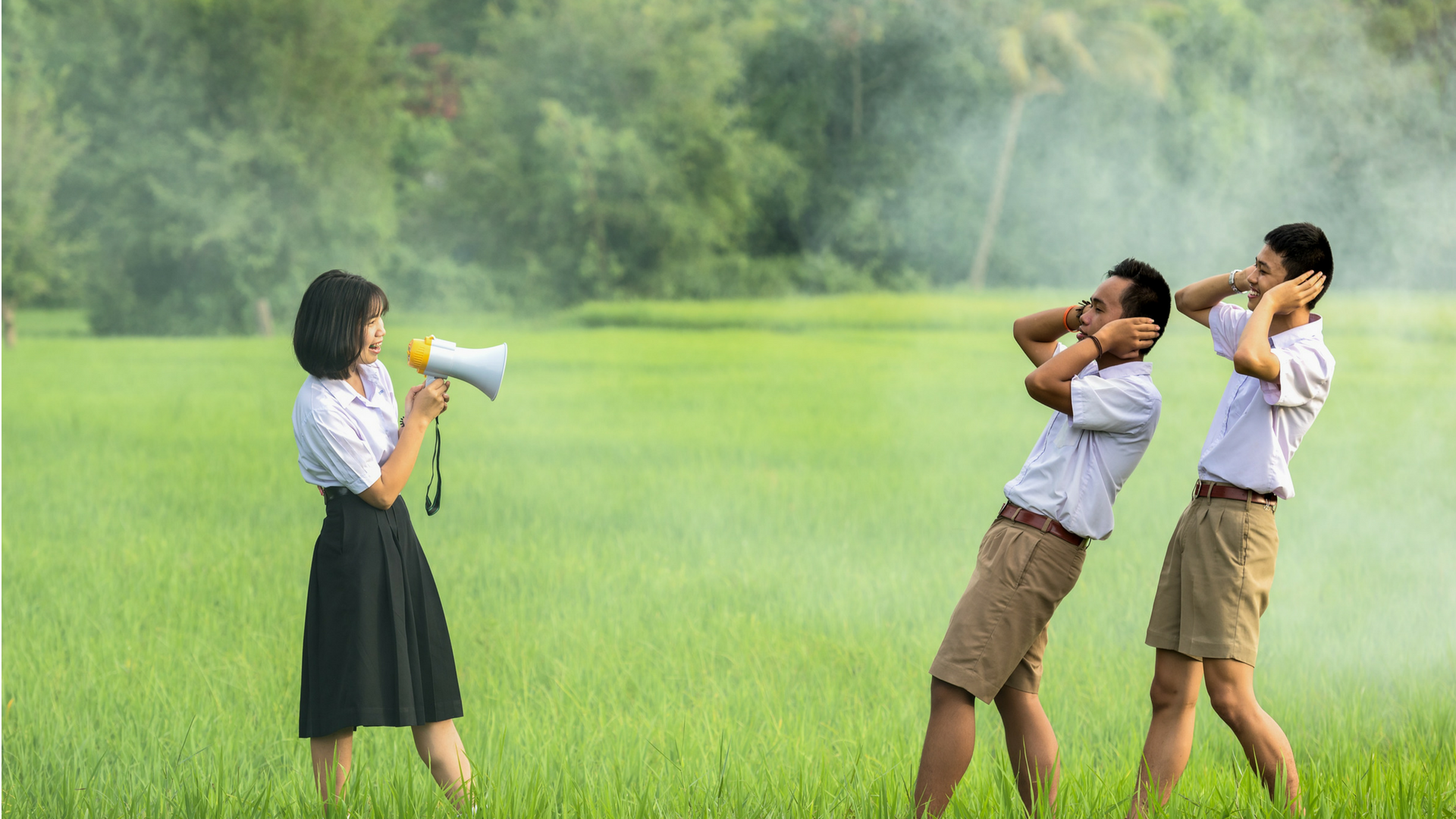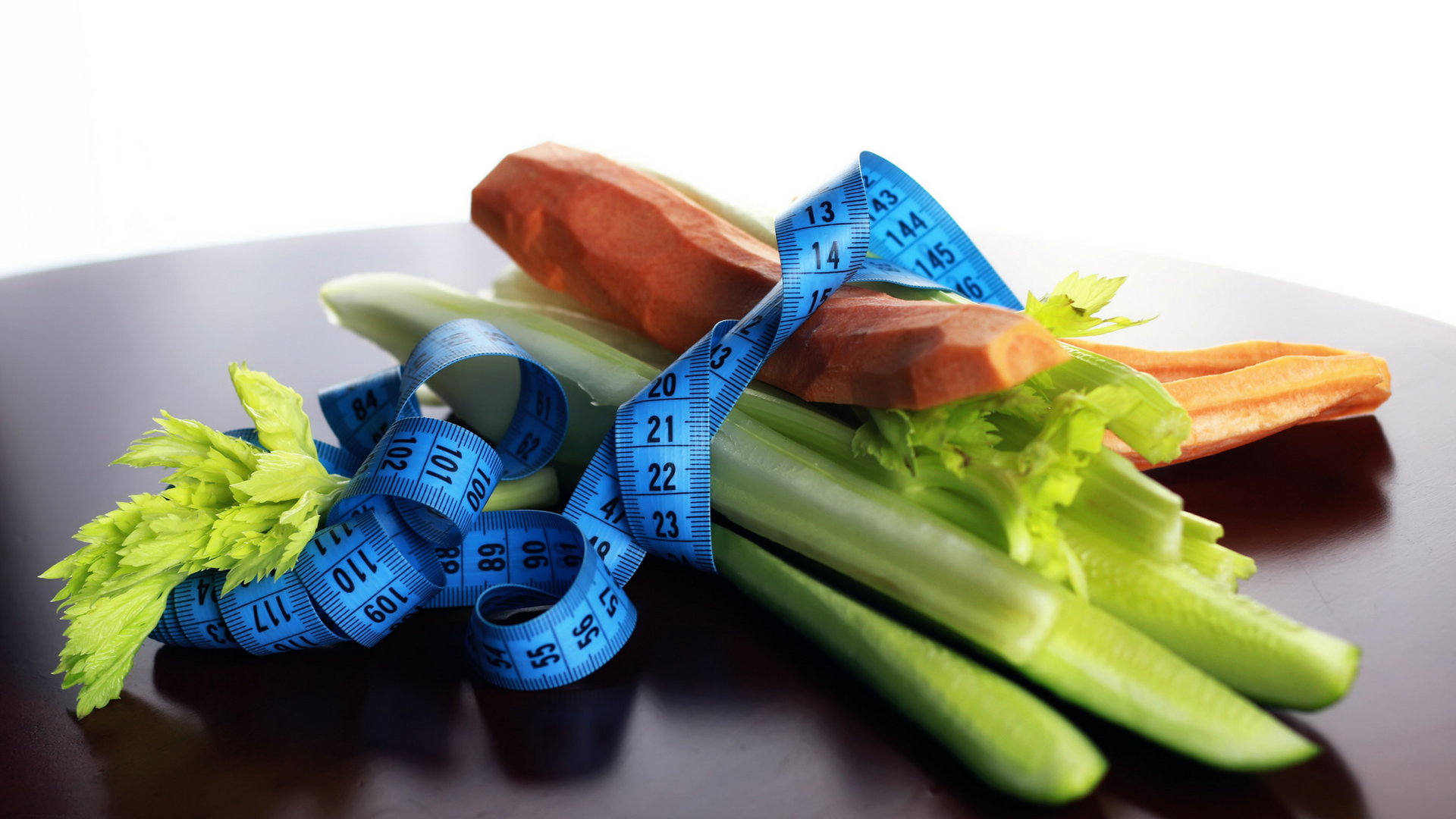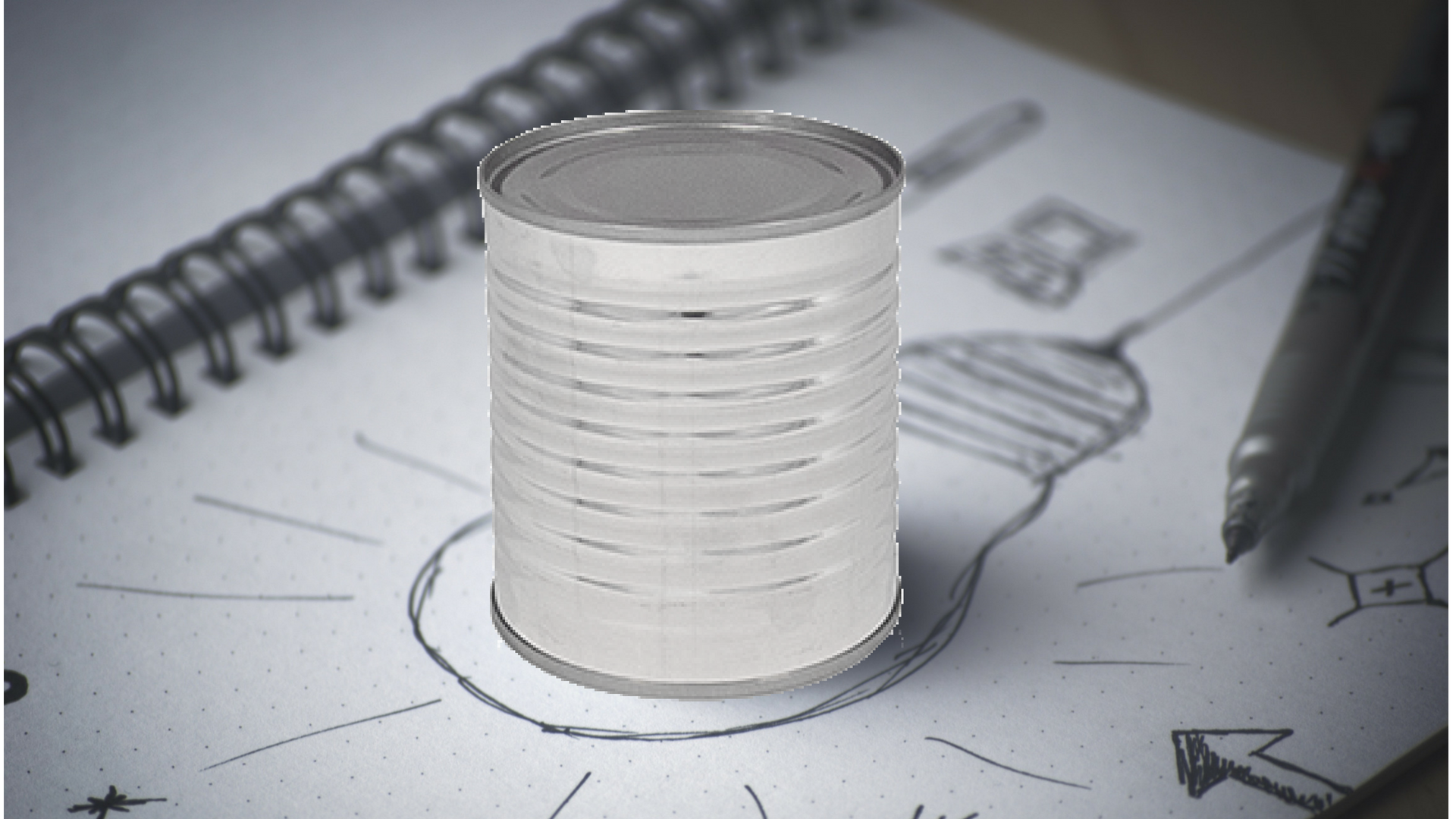YEAR 2030 - SCENARIO 1 You go to your favorite supermarket or grocery store, and you find veggies grown in vertical farming through the hydroponic or aeroponic system. In the dairy area, the cockroach milk is on display between the cow and goat variants. Some brand new areas arise: the “New and Alternative Proteins Areas” with shelves containing plenty vegetarian, insects, and lab-meat based protein products, and the “Superfood Area” with the aisles displaying Spiruline, Baobab, Moringa and Golden Chlorella. Every product has a QR code, able to inform you about all the information collected by the different IoT sensors along the value chain and stored in the blockchain: location of the crops and the factories, growing techniques, work conditions, adherence to the standards (Bio, DOP, DGP, …), CO2 footprint, and so on... ...The food industry innovated and now exploits groundbreaking technologies to offer what the customers want, being furthermore completely eco and social friendly. YEAR 2030 - SCENARIO 2 You go to your favorite supermarket or grocery store and find the shelves empty... ...The food industry kept producing what it wants, completely ignoring the consumers and the environment. For too many years the food industry didn’t hear the voice of its customers, didn’t produce what people really wanted and needed, pushing them instead to accept what it offered, shaping our tastes and our habits. The results are there for all to see: the food industry is now stuck in a kind of limbo, it obviously can’t go back, and it’s facing difficulties in moving on. As a child, I remember the biggest food industry players challenging on the field of kids-snacks. We used to watch the rise of a new brand ding-dong every single week, matched with hype, intensive advertising, and catchy slogans. In retrospect, I would wonder, whoever asked for all that? Did we really need it? Probably we will never have an answer. Old style food consumer’s needs were extremely easy: a product had to be good and cheap; a persuasive commercial, maybe a catchy packaging and Bob was your uncle. But now it’s different. People are maybe willing to pay something more for a product not so great in taste but that’s organic, healthy, ethical, certified and sustainable. “Don't find customers for your products, find products for your customers.” (Seth Godin)
TWO PLAUSIBLE SCENARIOS
A CLIENT BASE STILL MORE DEMANDING





Which scenario could actually look more realistic? I would say both, depending on the path that the food industry want to take. In this legendary 5th June article on WSJ, journalist Aaron Back describes a tragicomic situation: the food industry doesn’t know anymore what consumers want. How have we arrived at this point? Read again Seth Godin’s quote at the top, and you will find the answer, it fits perfectly to the food industry. Voice of the customer (VOC) is a term used in business and Information Technology (through ITIL, for example) to describe the in-depth process of capturing customer's expectations, preferences, and aversions. Specifically, the Voice of the Customer is a market researchtechnique that produces a detailed set of customer wants and needs, organized into a hierarchical structure, and then prioritized in terms of relative importance and satisfaction with current alternatives (source: Wikipedia).THE VOICE OF THE CUSTOMER
The consumers are attracted anymore by catchy packaging with shining color, preferring instead the product was able to tell a story about how and where it has been manufactured and processed; the consumers now, next to the nutritional value and allergens indication, wanna watch and scan a smart label (QR, RFID and so on), sharing the comments and thoughts on the product with the community. The impulse buying era is gone; now it’s time of consciousness buying; people want and must buy in a different way. Today, especially by the new generations, there is more care for the health and the environment as a result of increased social awareness.





For too many years the food industry didn’t hear the voice of its customers, didn’t produce what people really wanted and needed, pushing them instead to accept what it offered, shaping our tastes and our habits. The results are there for all to see: the food industry is now stuck in a kind of limbo, it obviously can’t go back, and it’s facing difficulties in moving on. As a child, I remember the biggest food industry players challenging on the field of kids-snacks. We used to watch the rise of a new brand ding-dong every single week, matched with hype, intensive advertising, and catchy slogans. In retrospect, I would wonder, whoever asked for all that? Did we really need it? Probably we will never have an answer. Old style food consumer’s needs were extremely easy: a product had to be good and cheap; a persuasive commercial, maybe a catchy packaging and Bob was your uncle. But now it’s different. People are maybe willing to pay something more for a product not so great in taste but that’s organic, healthy, ethical, certified and sustainable.A CLIENT BASE STILL MORE DEMANDING
The consumers are attracted anymore by catchy packaging with shining color, preferring instead the product was able to tell a story about how and where it has been manufactured and processed; the consumers now, next to the nutritional value and allergens indication, wanna watch and scan a smart label (QR, RFID and so on), sharing the comments and thoughts on the product with the community. The impulse buying era is gone; now it’s time of consciousness buying; people want and must buy in a different way. Today, especially by the new generations, there is more care for the health and the environment as a result of increased social awareness.





The consumers are attracted anymore by catchy packaging with shining color, preferring instead the product was able to tell a story about how and where it has been manufactured and processed; the consumers now, next to the nutritional value and allergens indication, wanna watch and scan a smart label (QR, RFID and so on), sharing the comments and thoughts on the product with the community.
The impulse buying era is gone; now it’s time of consciousness buying; people want and must buy in a different way.
Today, especially by the new generations, there is more care for the health and the environment as a result of increased social awareness.





The consumers are attracted anymore by catchy packaging with shining color, preferring instead the product was able to tell a story about how and where it has been manufactured and processed; the consumers now, next to the nutritional value and allergens indication, wanna watch and scan a smart label (QR, RFID and so on), sharing the comments and thoughts on the product with the community. The impulse buying era is gone; now it’s time of consciousness buying; people want and must buy in a different way. Today, especially by the new generations, there is more care for the health and the environment as a result of increased social awareness. One more factor shaping the food habits is undoubtedly the continuous rise of new food diets and trends: from Dukan to Paleo, is a continuous chasing the last vip mania, that sometimes may lead to food obsessions and eating disorder such as the Orthorexia. Another reason, less cool but more serious, driving people to check carefully what they eat is the intolerances issue, a great goldmine for the food industry, obviously forced in this case to adapt quickly to new customers’ needs. From a jaded point of view, the intolerances stay in the food industry as the diseases stay at big pharma: you are sick, I gain money. It is interesting analyzing the gluten issue and check how it brought, in almost two centuries, to completely overturn the food offer and the consequent message transmitted through commercials. Check the following pictures.





The consumers are attracted anymore by catchy packaging with shining color, preferring instead the product was able to tell a story about how and where it has been manufactured and processed; the consumers now, next to the nutritional value and allergens indication, wanna watch and scan a smart label (QR, RFID and so on), sharing the comments and thoughts on the product with the community. The impulse buying era is gone; now it’s time of consciousness buying; people want and must buy in a different way. Today, especially by the new generations, there is more care for the health and the environment as a result of increased social awareness. Two Italian food giants, in the mid-1800s, promoted the pasta with added gluten, indicated for child growing and convalescence. Can you believe this? Yes, as the market at that time needed and required it. Whoever may imagine that almost two hundred years later, the same producers had to develop, produce and promote gluten-free pasta? Ah by the way, only the celiacs and the intolerants MUST eat gluten free; the "gluten free diet for weight loss" is an oax What should the food industry do to go out from the limbo? The first step is obviously starting again to find products for consumers, and not the opposite. So listen again to the voice of the customers. Then innovate, innovate, and innovate. Many food giants are already on the right path: their strategy for the medium term includes interesting features to improve sustainability and social problems of the third world such as child labour and gender equality. Some players, both giants and SMEs, are planning and executing interesting projects including IoT and blockchain, to verify and certify each step of the value chain, granting origin and quality of what comes on our tables every day, embracing a vision “Farm-To-Fork”. Innovation especially means startups, and in the last years, we are watching the rise of many interesting startups in the agrifood sector. Most of them already received positive feedback and even funding from the big players and are undoubtedly tipped to succeed.SO…?

The consumers are attracted anymore by catchy packaging with shining color, preferring instead the product was able to tell a story about how and where it has been manufactured and processed; the consumers now, next to the nutritional value and allergens indication, wanna watch and scan a smart label (QR, RFID and so on), sharing the comments and thoughts on the product with the community. The impulse buying era is gone; now it’s time of consciousness buying; people want and must buy in a different way. Today, especially by the new generations, there is more care for the health and the environment as a result of increased social awareness. It’s a fact that the typical startupper is an excellent creator but a bad manager, so my question is: can a startup unleash all its potential being continuously controlled by a big corporation? Probably not, so my advice for the food behemoths is to leave the young startuppers free to create and take action exclusively on the management issues. In any case it seems we are on the right way.. If you liked this article and the cynicism view of the food industry, feel free to share it with your network
